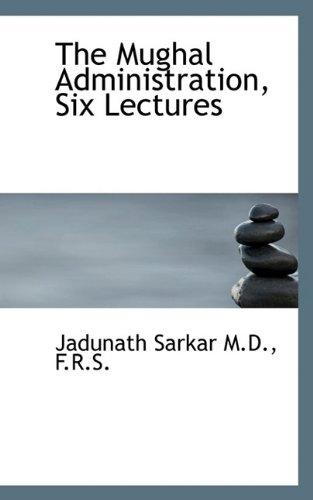Some of the earliest relics of Stone Age man were found in the Soan valley near Rawalpindi, dating back to at least 50,000 years. Predominantly an agricultural region, its inhabitants learned to tame and husband animals and cultivate crops some 9,000 years ago. Farming villages dating from 6000 BC have been excavated in Baluchistan, the North West Frontier Province and Punjab. The Indus Valley Civilization is considered to have evolved around 2600 BC. Built on the ruins of fortified towns near Kot Diji, it is now believed to have emerged from farming communities of the area. The Civilization boasted immense cities like Moenjodaro and Harappa. These towns were well planned, with paved main roads, multistoried houses, watchtowers, food warehouses, and assembly halls. Their people developed an advanced script that still remains un-deciphered. The Indus Civilization’s decline around 1700 BC is attributed to foreign invaders, who at some sites violently destroyed the cities. But with recent research, historians have become unsure as to the exact causes of decline of the Indus Civilization. Aryans, who were rough cattle breeders, came from Central Asia around 1700 BC, seeking grazing land for their herds. Their religion was well developed, with gods identified from elements of nature. They followed a strict caste system, which later became Hinduism. They wrote the first book of Hindu scripture, the Rig Veda, which was a collection of hymns remembered through several generations. Some anthropologists believe that there is no real historical evidence to prove the coming of Aryans, and consider their coming as a myth.
[maxbutton id=”1″ url=”https://hostnezt.com/cssfiles/historyofindiaandpakistan/The%20Un-matched%20History%20of%20India.pdf” text=”” ]

























Reviews
There are no reviews yet.